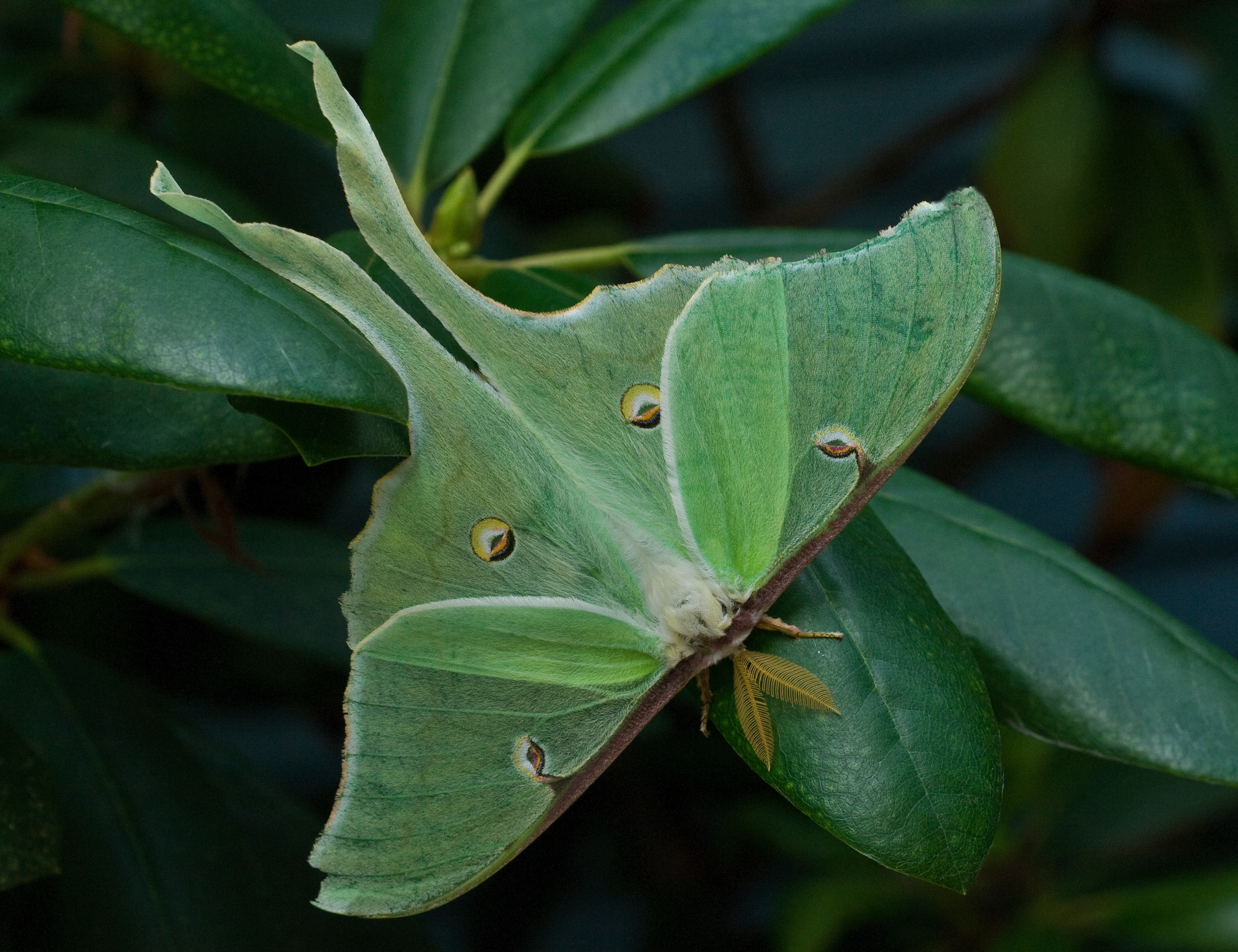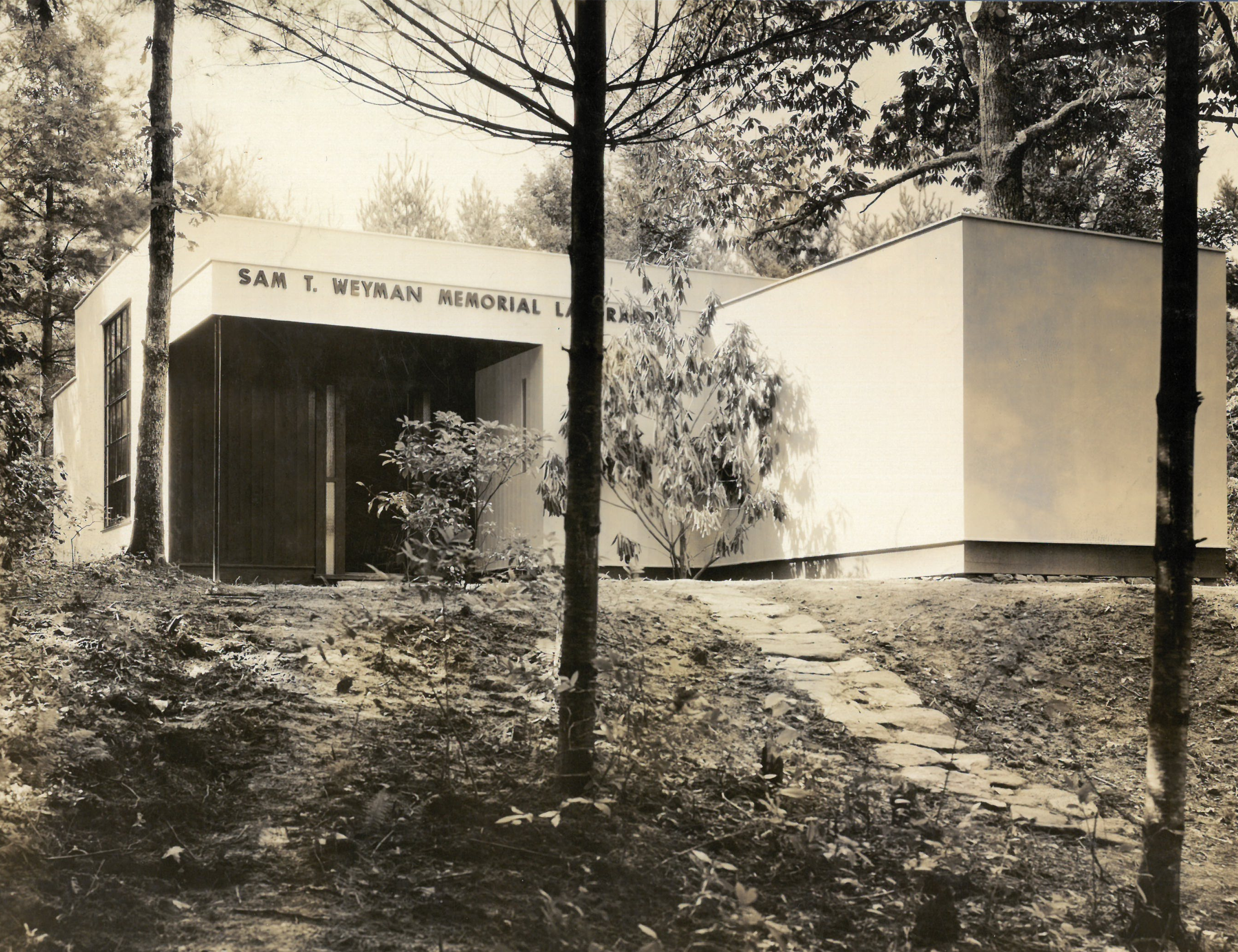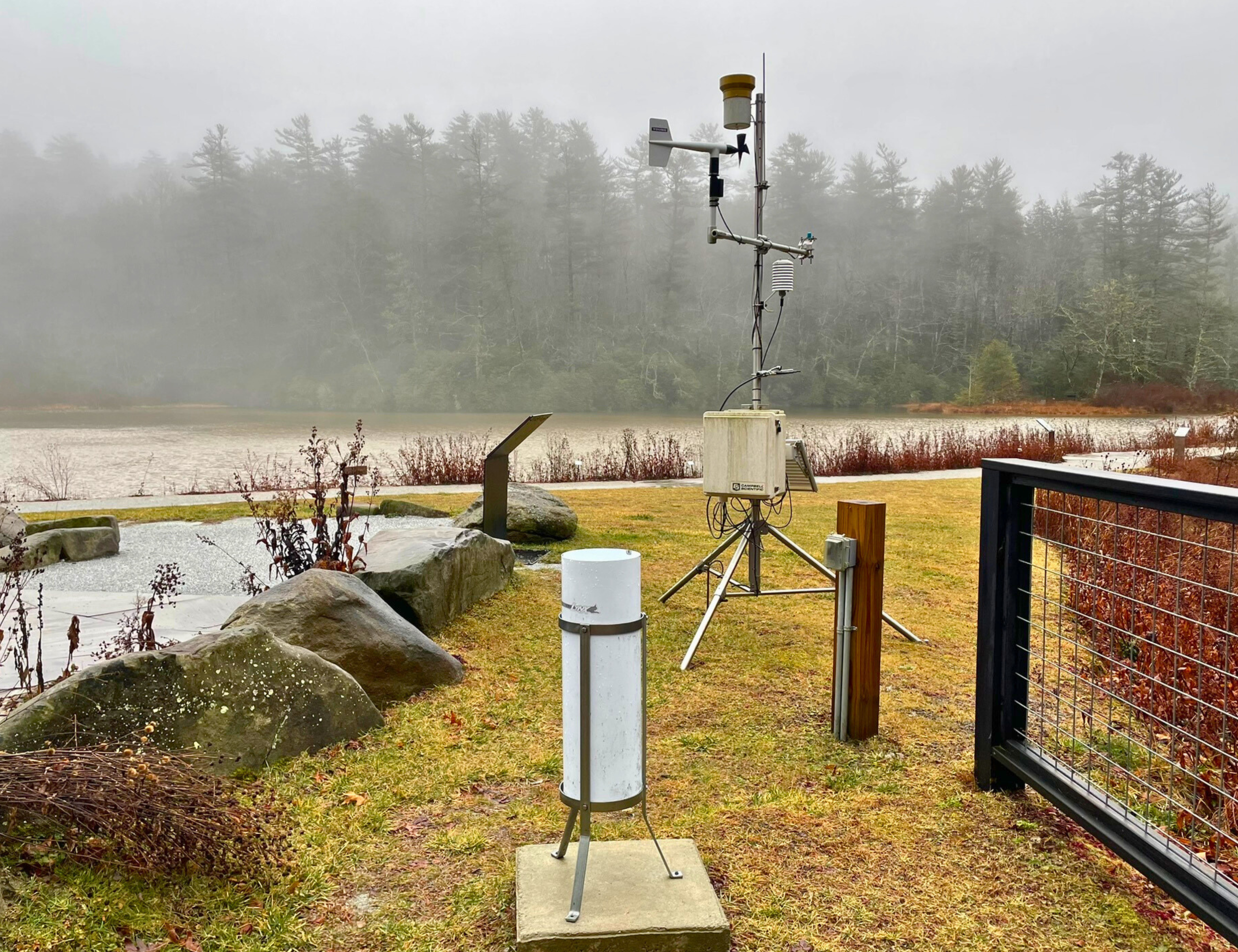Highlands Biological Station
What Makes Highlands Unique?
Highlands Biological Station (HBS) has long been intertwined with the small mountain town of Highlands, North Carolina—a place rich in both cultural heritage and natural wonder.
This charming town boasts:
-
North Carolina’s first public library
-
The state’s first land trust
-
A vibrant cultural community, including a summer playhouse, visual arts center, and chamber music series
HBS’s location within the town limits makes it easy to walk to local shops and restaurants. The Highlands community is proud of the Station and actively supports its programs.
A Landscape of Global Significance
Highlands and its surroundings are considered one of the most biologically diverse areas in the Appalachian Mountains. Located at 4,000 feet on a high plateau near the crest of the Blue Ridge, the Station is surrounded by peaks that exceed 5,000 feet.
Nearby natural features include:
-
The Cowee, Balsam, Great Smoky, and Nantahala mountains
-
Dramatic river gorges and waterfalls such as Whitewater, Chattooga, and Toxaway
-
Protected lands like the Nantahala National Forest and the Ellicott Rock Wilderness
Research & Regional Connectivity
HBS is deeply engaged with regional research initiatives, benefiting from its proximity to:
-
The Coweeta Hydrologic Laboratory (USDA Forest Service), just 18 miles away
-
Field sites in Great Smoky Mountains National Park, Gorges State Park, and along the Blue Ridge Parkway
These connections allow researchers and students to explore a range of ecosystems in one of the most ecologically rich areas outside the tropics.
Mild Climate, High Rainfall, Rich Habitats
The Highlands Plateau experiences:
-
Cool summers (rarely above 80°F / 27°C)
-
Abundant precipitation (80–100 inches / 2,000–2,500 mm annually)
-
Diverse plant communities across 6,000 feet of elevation gradient
These include:
-
Piedmont oak-pine and bottomland hardwoods
-
Cove forests on Appalachian slopes
-
Heath balds and spruce-fir forests at high elevations
This makes Highlands a living laboratory for ecological, systematics, and evolutionary research.



